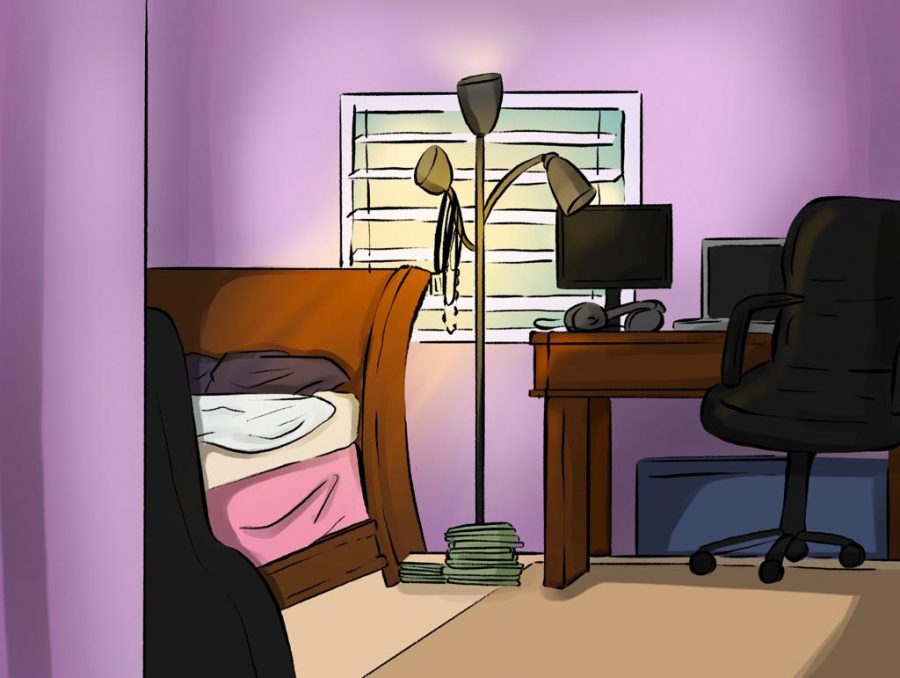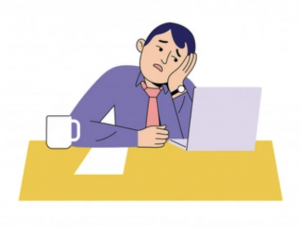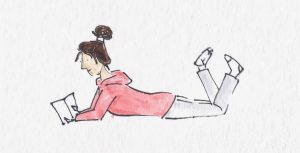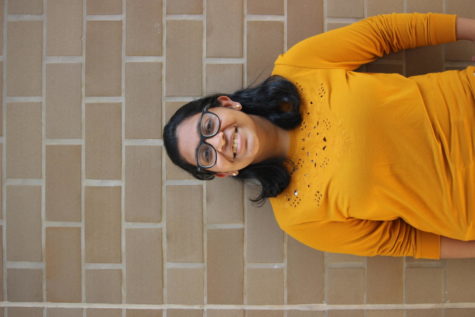Why our rooms are our safe spaces
Athmika Sriram
With the start of the pandemic, the four walls around us made us feel the most at home.
April 26, 2021
March 13 known as the day when our worlds were turned upside down, initially seemed like any other day. In fact, after school ended, we FaceTimed each other talking about how excited we were to get an early spring break. It had been a rough couple of weeks for us and we were just ready to destress and relax.
After an hour or so of talking, we decided to tune into the San Ramon Valley Unified School District (SRVUSD) school board meeting occurring that night. Throughout the board meeting we both hoped and prayed that school would be cancelled; it seemed like the perfect opportunity at the time. Little did we know, closing school would have many more implications than a simple vacation at home.
Perhaps one of the largest impacts of being stuck at home was how it changed the meaning of our rooms both in a physical and psychological domain.
In a blink of an eye, March 13 turned to June 13 and it was time for the summer to begin, a time when Dougherty Valley (DV) students can truly be highschoolers (kind of). It’s a time when homework and extracurriculars take somewhat of a backseat for once and we’re able to hang out with friends and enjoy ourselves.
But, June 13 2020 had different plans in store for us. Hanging out with friends, unacceptable. Do some SAT prep instead. Hopping on a plane to Hawaii, only if you wanted to be infected by the coronavirus. How about a remote internship? Going to the movies and sitting in the nice refreshing air conditioning of the theater. No, take a Brigham Young University (BYU) course instead.
So that’s exactly what we did! On a Sunday afternoon, while we were talking to each other on FaceTime about the various summer activities that everyone else in our grade was partaking in, we decided that an AP United States History course over BYU sounded like an amazing idea.
We figured since we were stuck in a pandemic and we had to quarantine, we might as well take advantage of the free time on our hands. Now, instead of calling each other to discuss the highlights of our days, we started calling to frantically finish a year’s worth of work in the span of two months.
This was just one example of the many things that started to chain us to our room as they transformed from places where we slept to places where we lived. When our rooms became living spaces we did not leave, they turned into cages made out of our imagination.
For me, Mayuri, being in my room never meant much. It was just a place to sleep. However, since the pandemic started these walls didn’t just mean shelter. These walls transformed into becoming the only world I was exposed to. The comforter on my bed, the brown desk in my room, the lamp that substituted sunlight – these became my companions with whom I lived with.
Everyday became the opposite of what I had before. My days were no longer filled with chatter of my classmates and the bustle of school but filled with the silence of my room.
Fast forward to the next slope in our pandemic rollercoaster: the first day of school. We were all hopeful that we would have our first day of school in person, but imagine our surprise when we had to do schooling via Zoom, a new and unexplored territory for all of us.
Classrooms became Zoom links. Rather than fishbowl discussions, we had awkward silence in breakout rooms. New friends were no longer the norm, the new normal was striving to keep existing friendships alive.
And this is when we realized just how much our life had changed. On a Tuesday night, we called each other, trying to share the small happiness (like trying whipped coffee or sharing pictures of the winter rains) we found in an online setting, when we realized that our only constant was our purple and blue walls (well Owen’s are white now).
The pandemic was survivable until school started because we didn’t have to be forced to step outside our comfort zones and interact on Zoom or try and navigate the online setting of our classes and extracurriculars.
Yet, when you are stuck in a place for so long, the only way to cope is to find comfort in your surroundings. The cage that we used to live in became a place where we could breathe freely, escaping the suffocation of what lies outside our rooms.
For me, Owen, my room became a place where I could tune out the rest of the world. By listening to music at a volume that probably isn’t good for my eardrums or binge watching Netflix sitcoms, I learned that being alone didn’t equate to loneliness, but rather peace. It sounds introverted when so many expectations lay outside your door, but it is hard to leave your safe space and feel exposed.
And that’s why our rooms are a “safe space.” It provided us with a place of escape from not only the anxiety of trying not to contract coronavirus, but also all the social anxiety that made interacting with others so weird and difficult. When we are in our rooms in solitude these anxieties dissipate, and our minds don’t have to constantly stress, and deal with reality.
Many adults think that teenagers stay in their rooms too long and rather they should “go get some fresh air” or “try and socialize” but many simply do not understand that the pressure of the new world post-pandemic is now larger than ever and leaving our safe space leaves us feeling vulnerable.
And it seems that our feelings are even justified by science. According to psychology today, the teenage brain is redefining itself during this period. The brain is trying to acclimate to the changes that are introduced to the social and academic world. They are trying to find themselves in this new world.
Simultaneously, they are also being introduced to the new set of societal rules that they were not previously aware of. This introduction to a new world can be taxing on a teenager.
Furthermore, many teenagers experience different forms of anxiety which forces them to take a reprieve in a safe space. In fact, according to the New York Times, almost 25% of teenagers are facing anxiety and various forms of depression.
Its been a little more than a year since the pandemic began (happy birthday COVID-19) and the one constant in these continuously changing times are the four walls surrounding us. The one concrete structure that we can rely on is our rooms.
We don’t have the same experience as every teenager or even every DV student, but what we do know is that during these troubling times every teen or high schooler has a safe space whether it be their room, school or a friend’s house.
Regardless of what it is, during this pandemic era it has become more essential than ever for us to have a place where we can feel immune to the vulnerabilities of the outside world.







Lakshmy Ashok • Apr 29, 2021 at 9:05 pm
Very well written. Keep writing.
Balan • Apr 29, 2021 at 6:37 am
Precisely your room is your world now